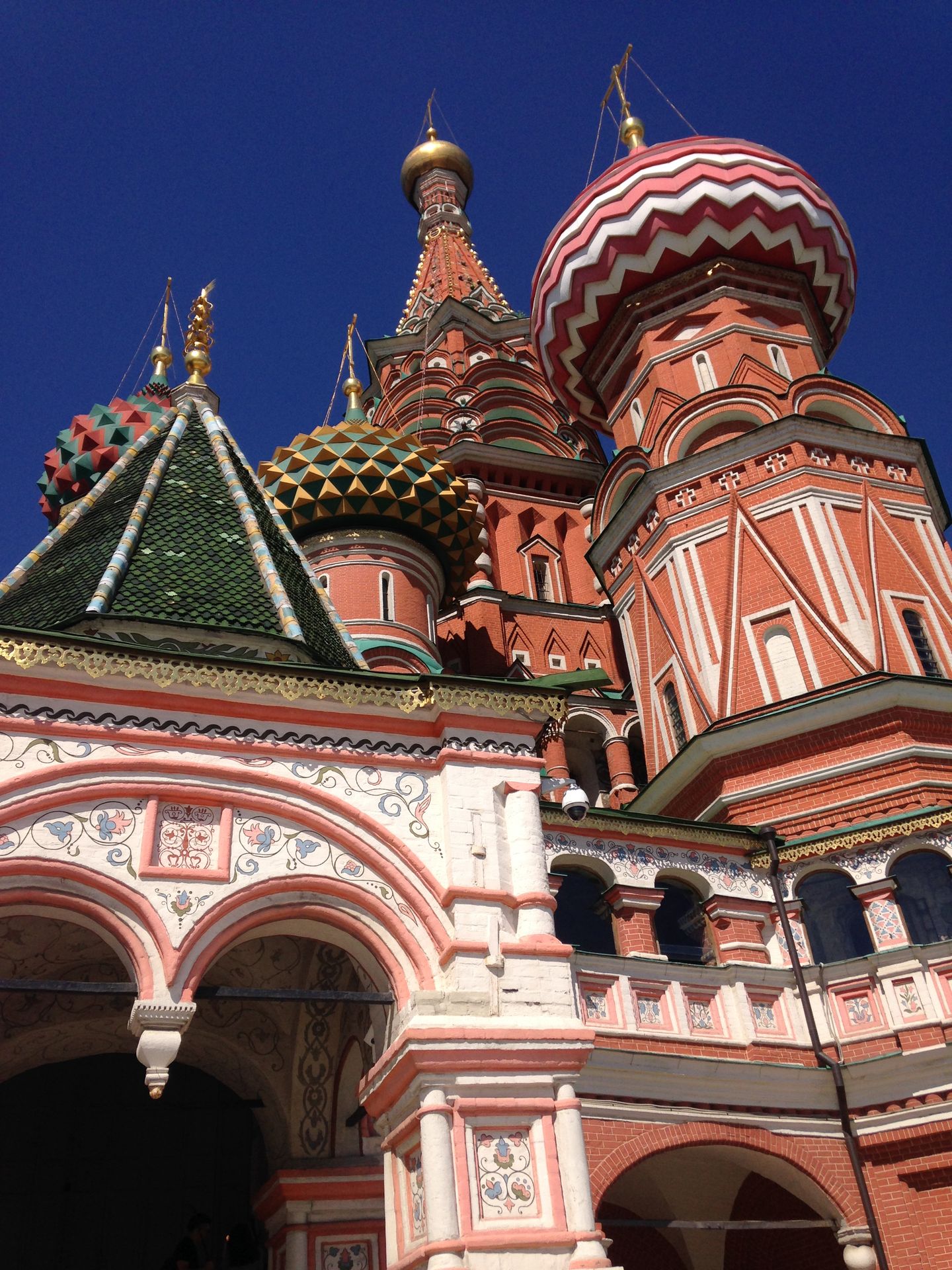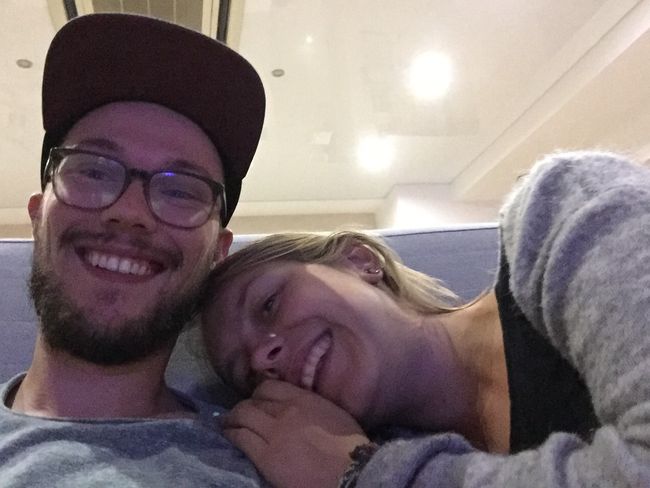
mitreneundmariedurchasien
vakantio.de/mitreneundmariedurchasien
Seventeenth section: India
Hoʻopuka ʻia: 10.02.2019
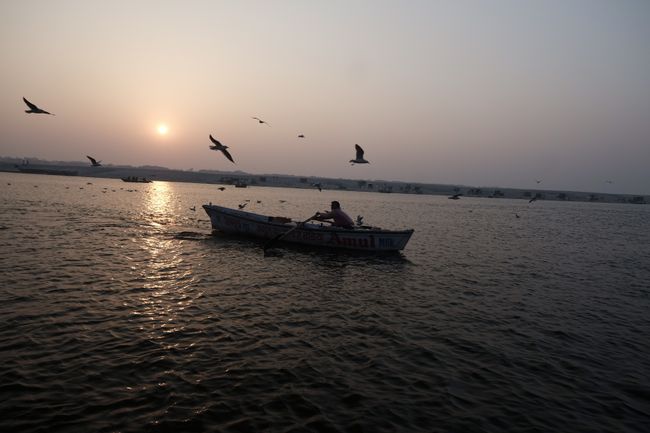
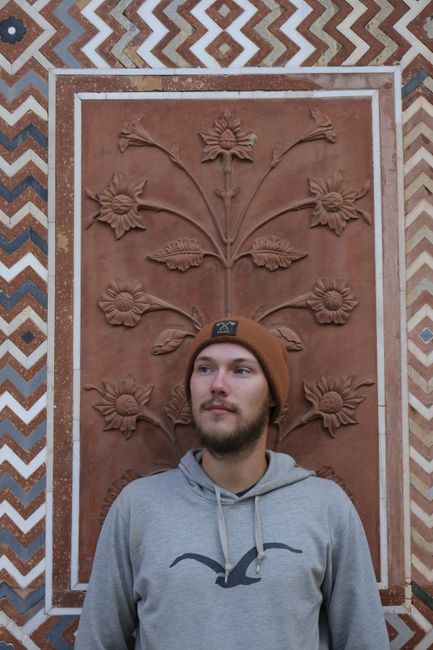
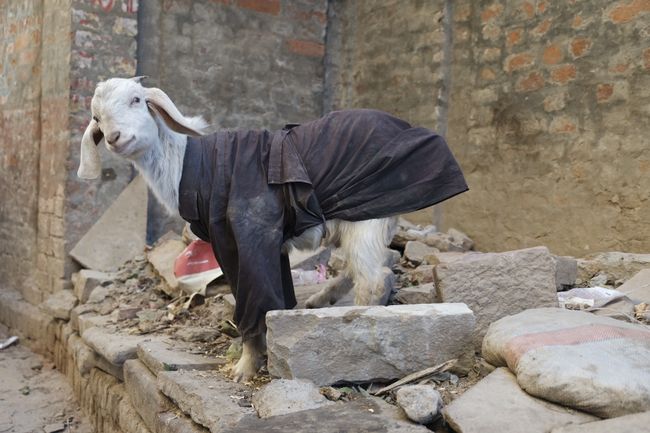
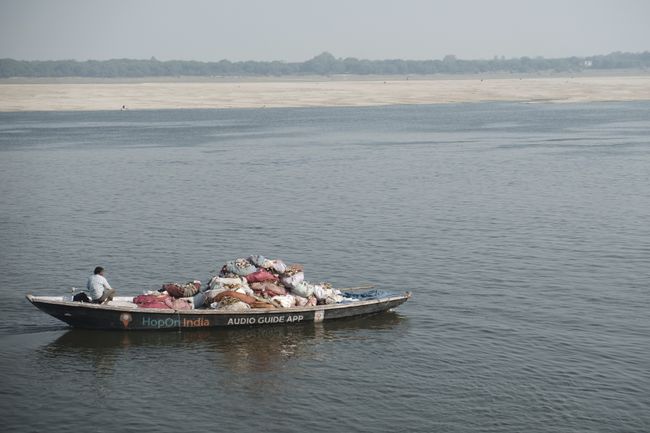
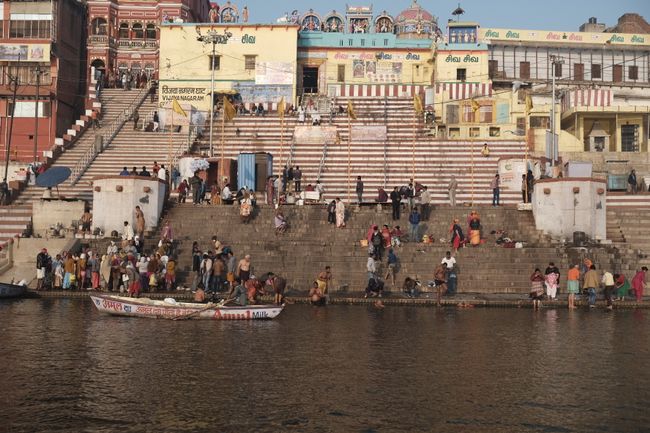
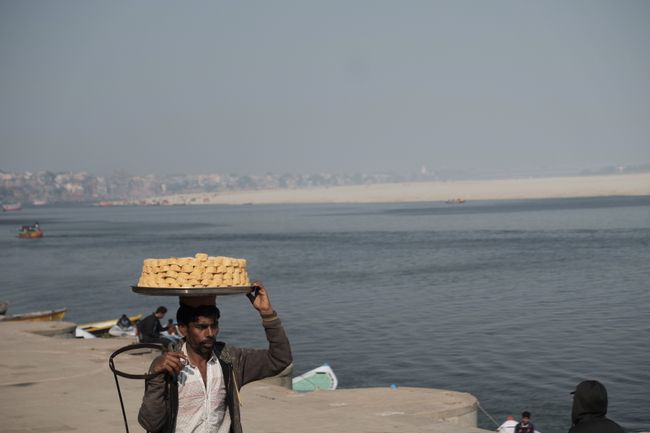
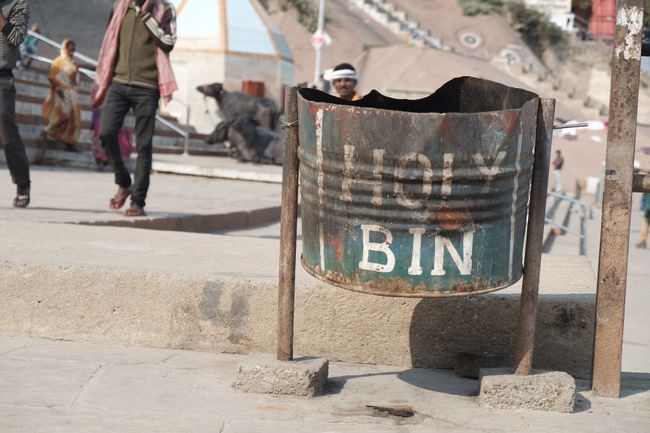
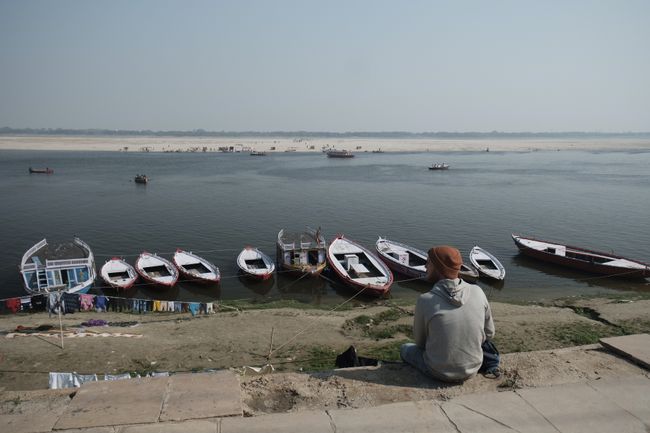
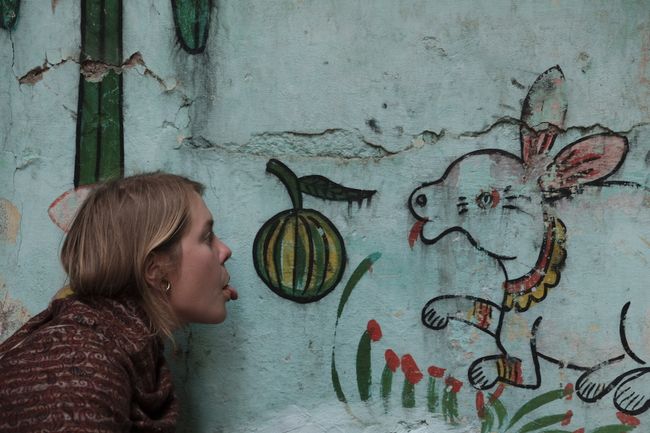
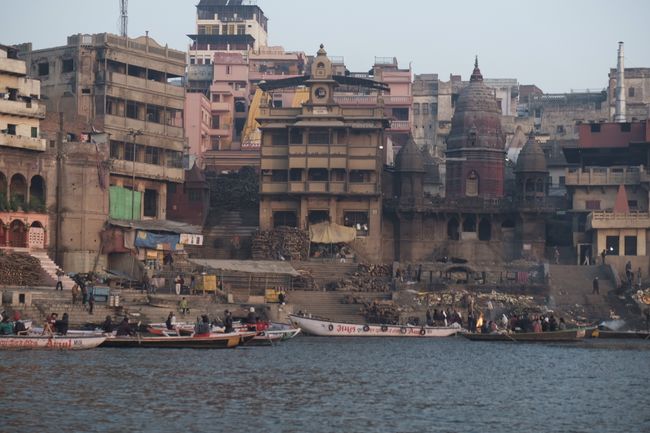
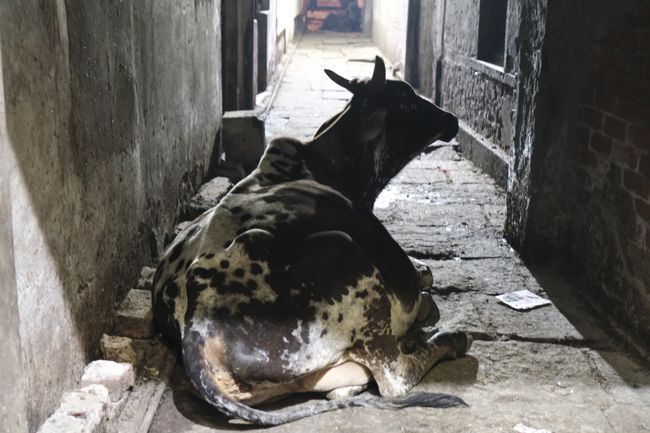
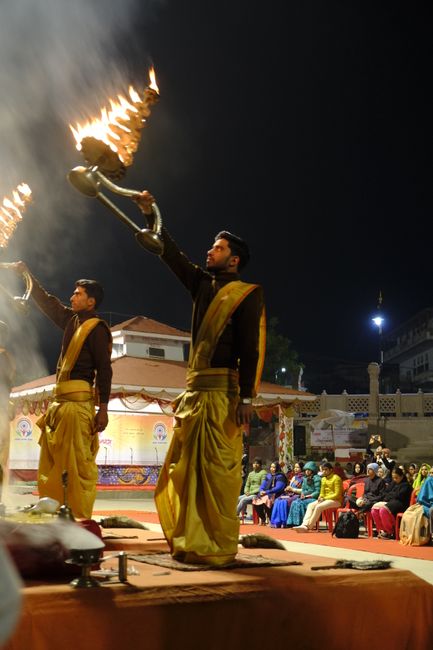
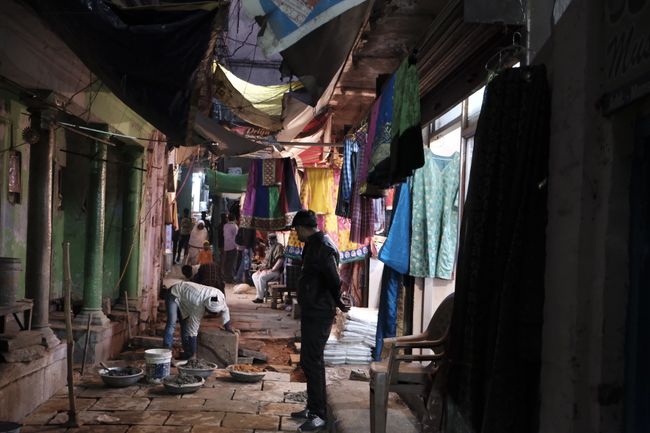
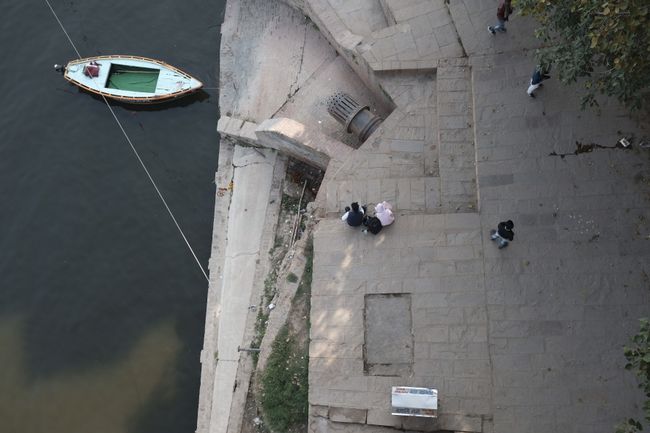
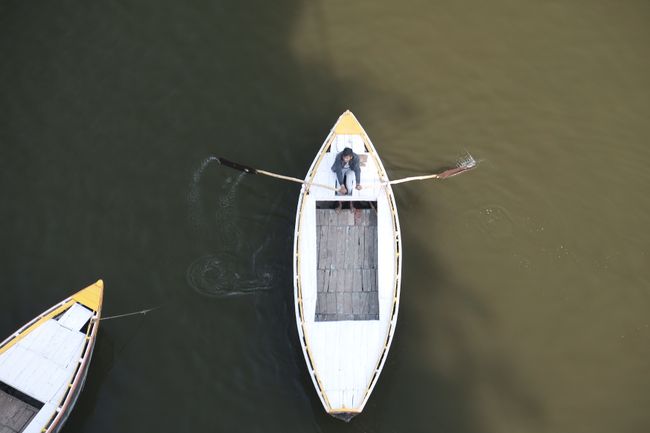
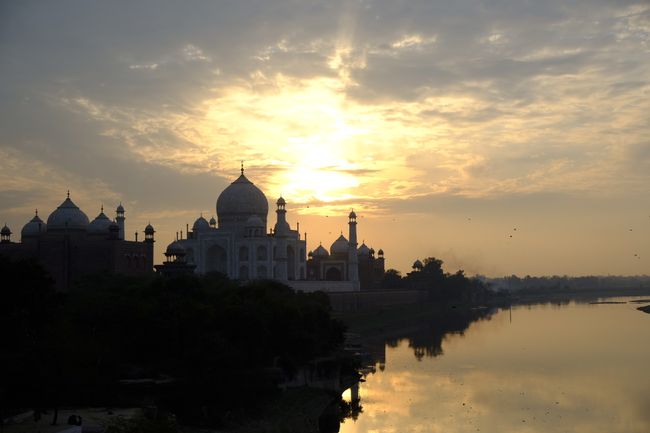
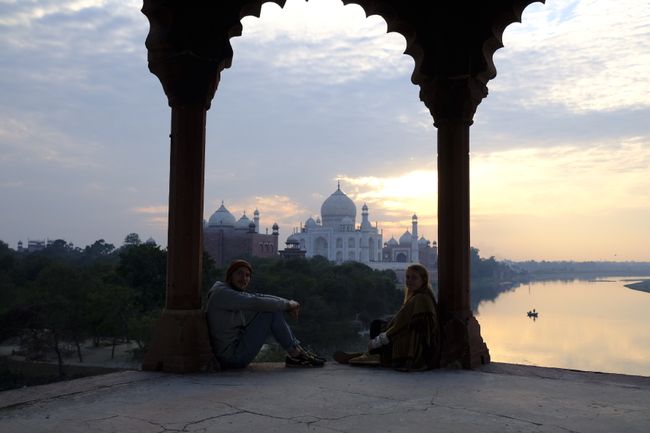
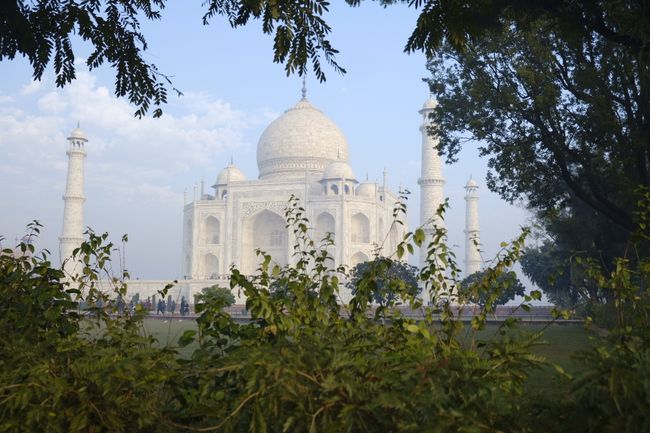
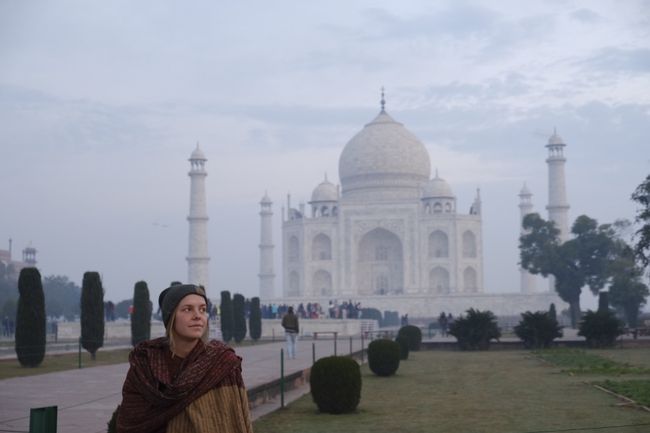
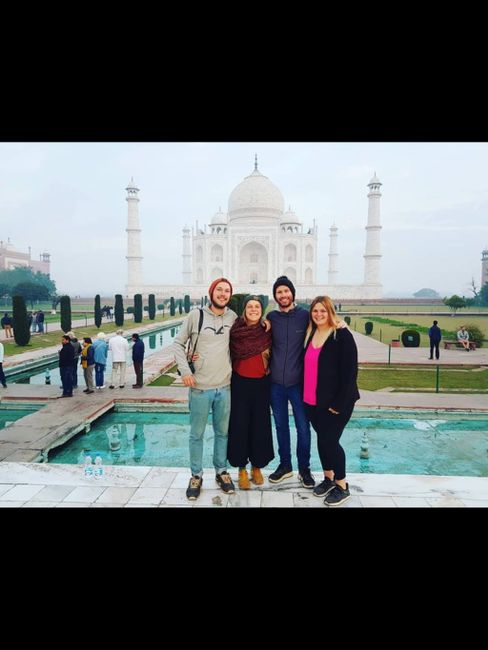
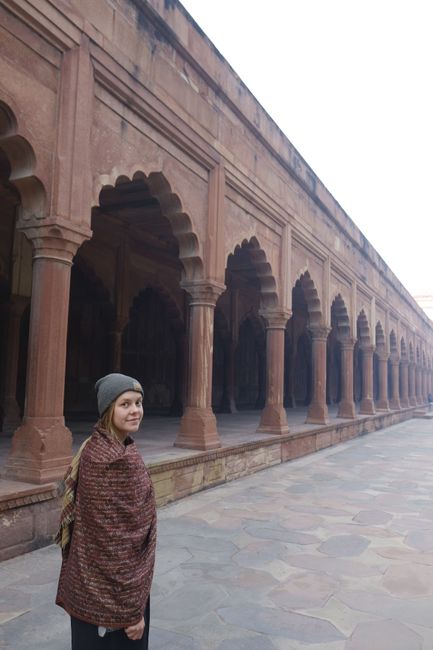
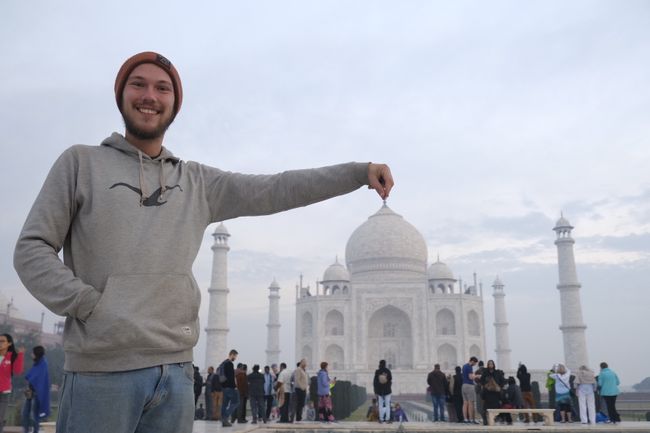
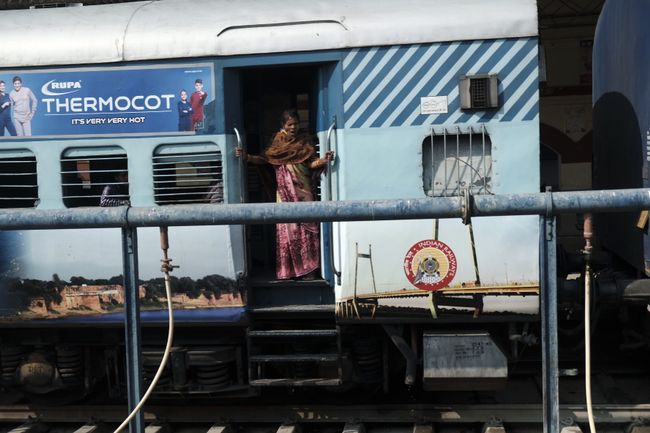
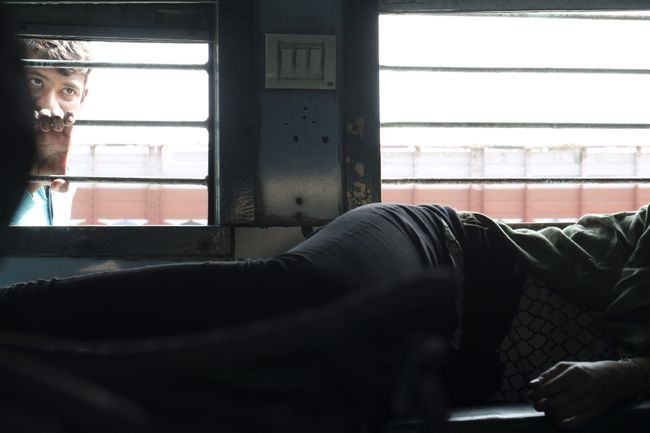
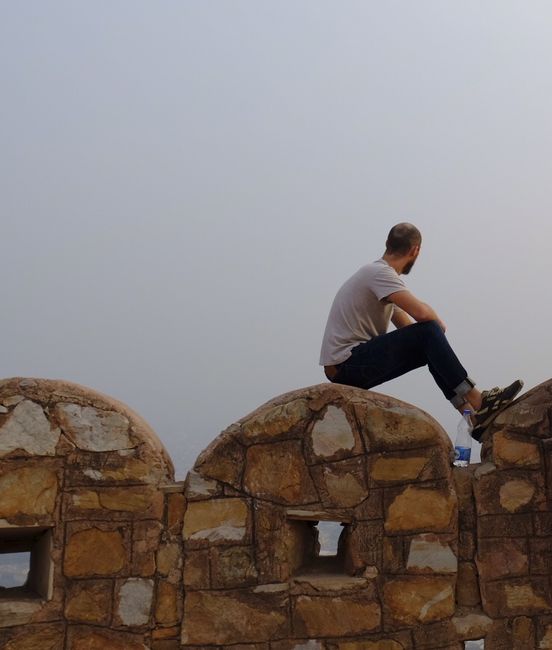
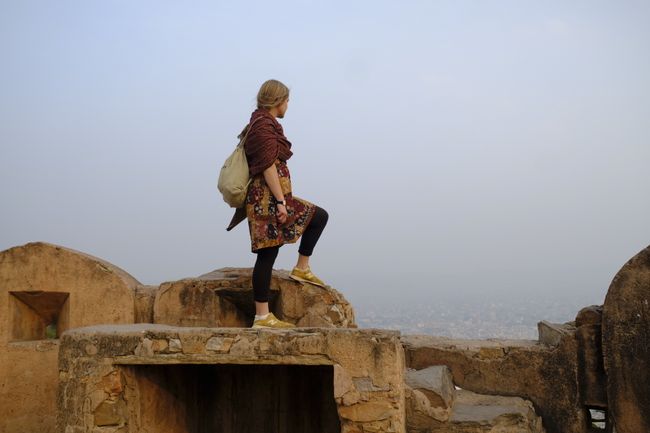
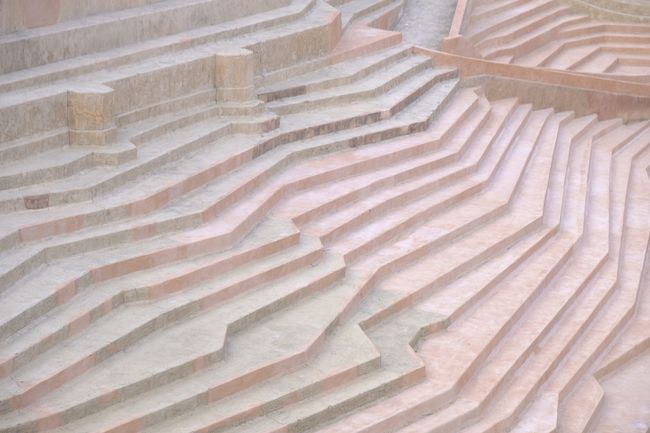
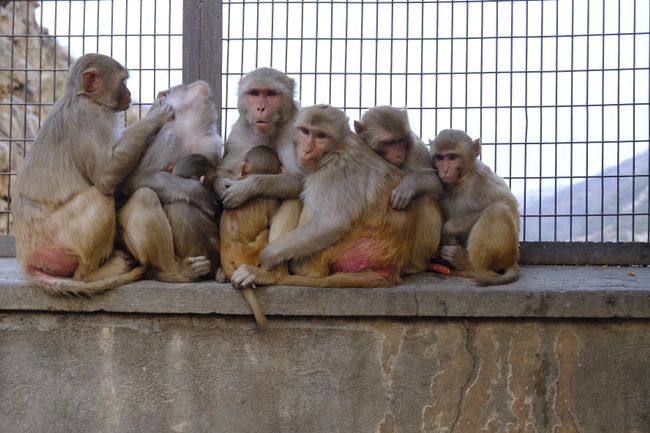
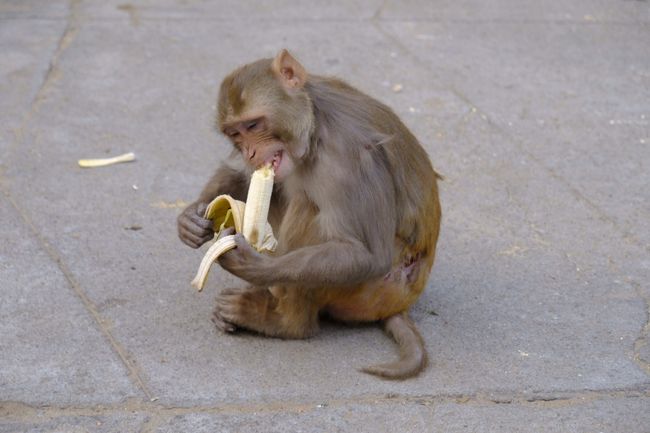
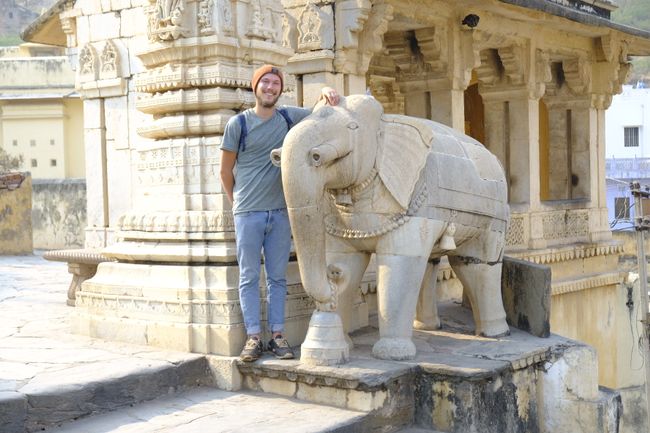
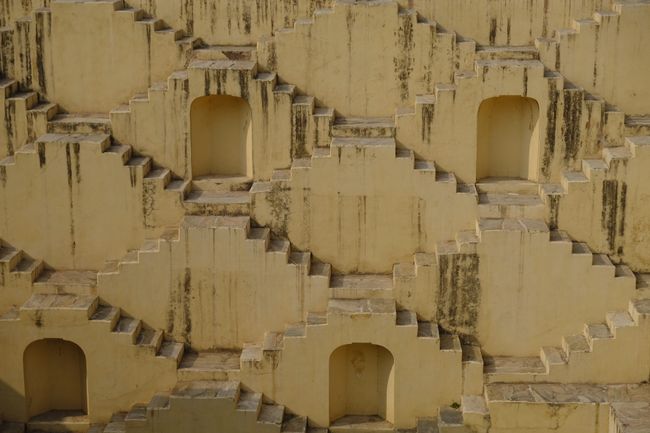
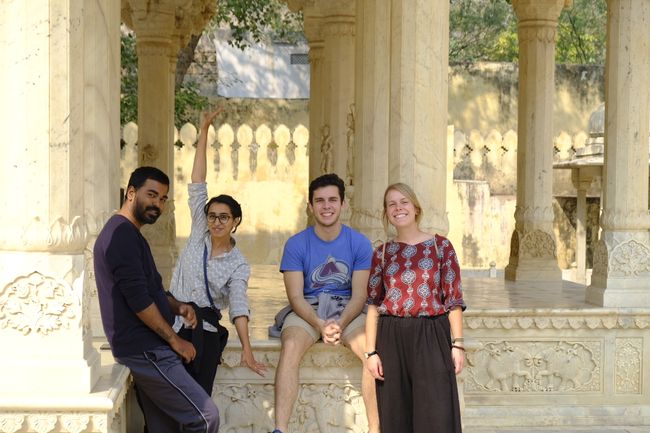
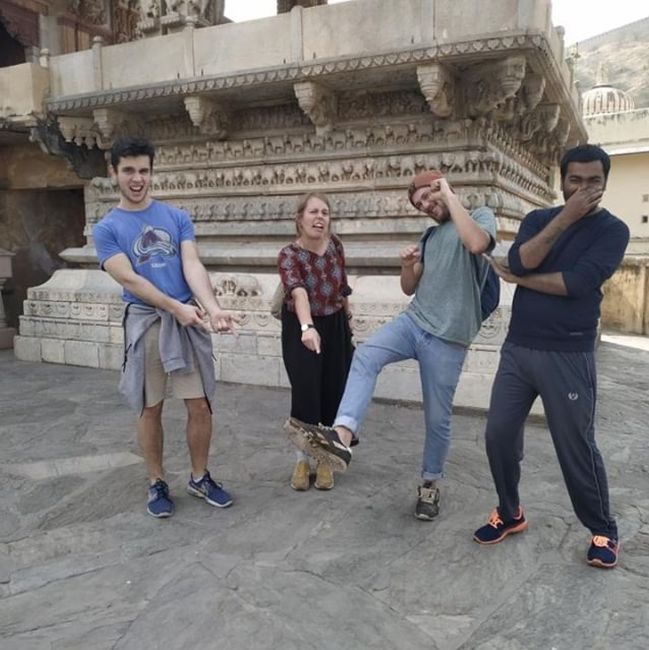
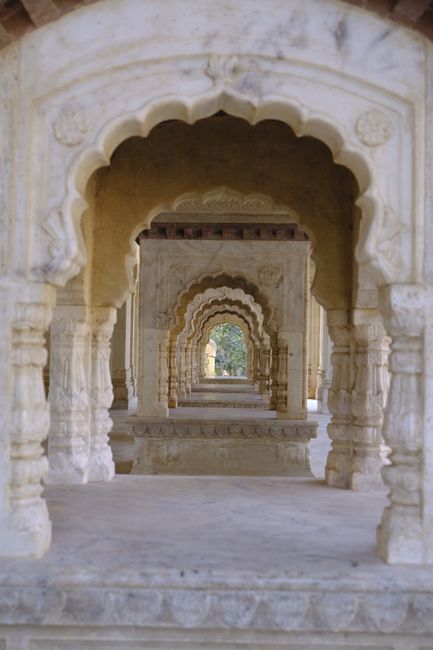
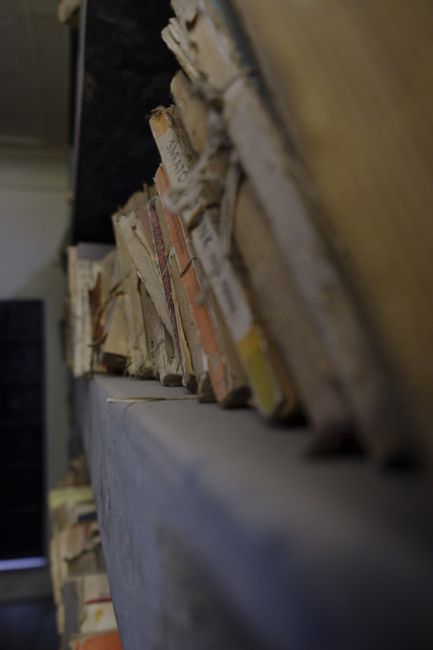
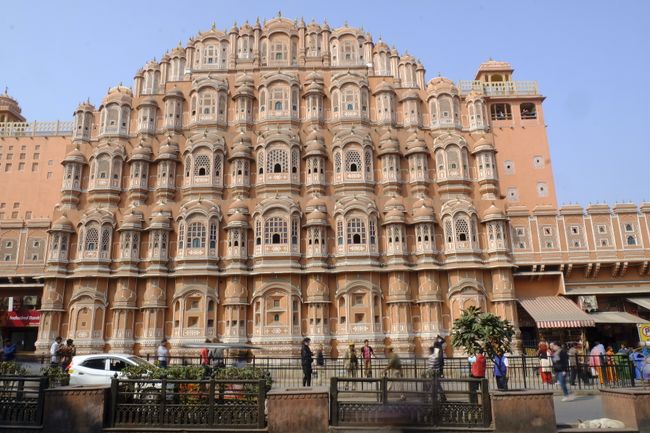
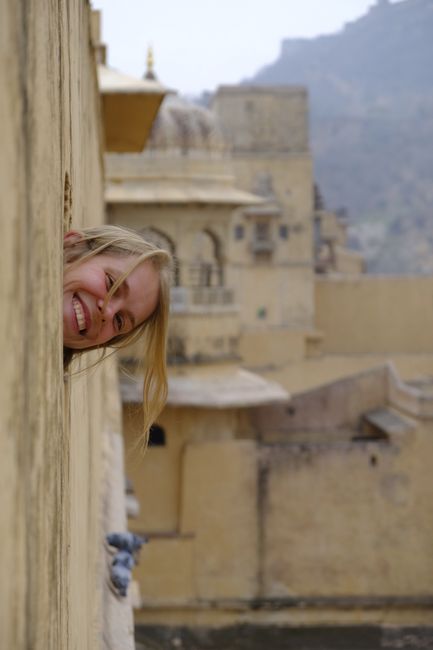
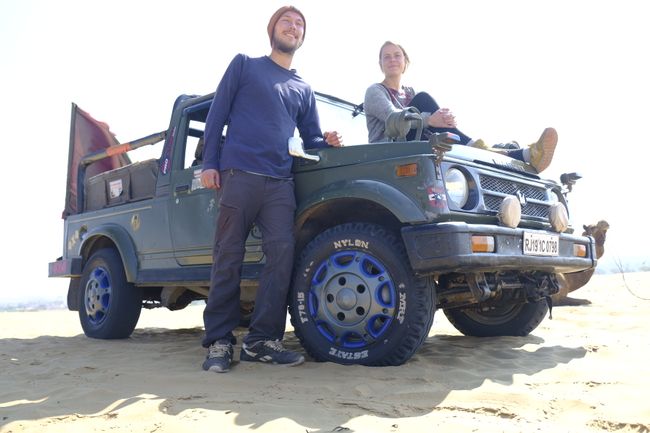
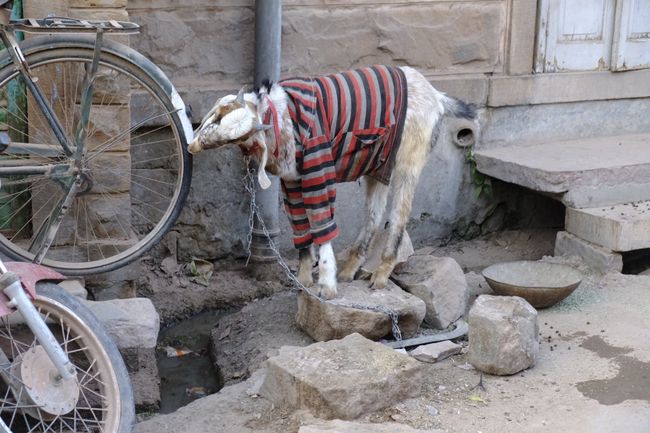
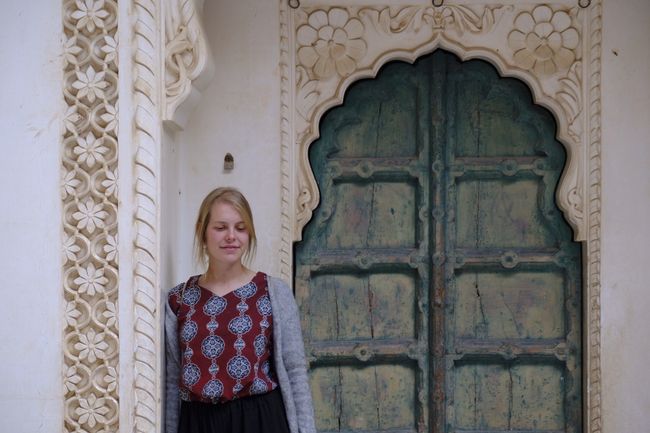
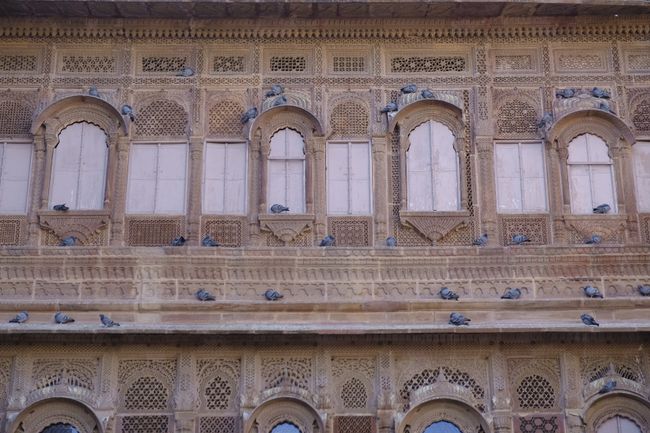
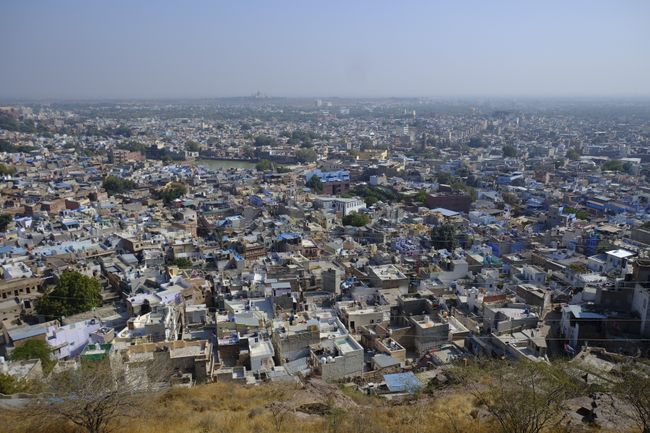
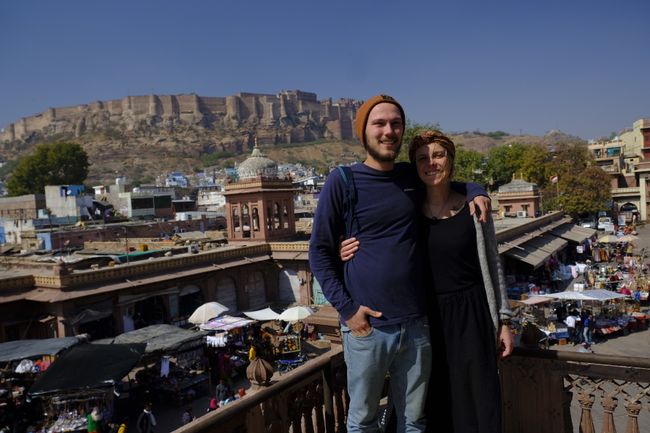
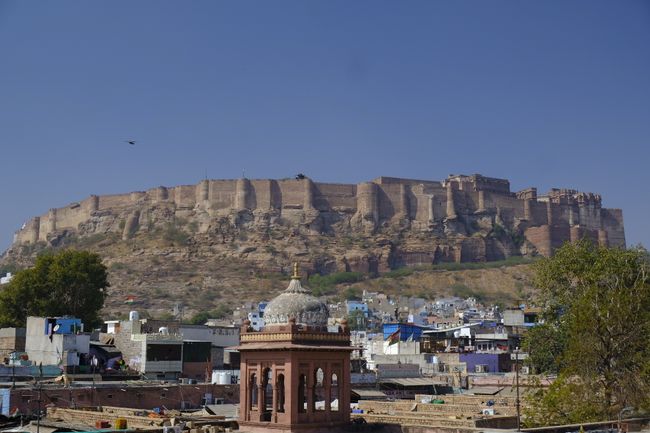
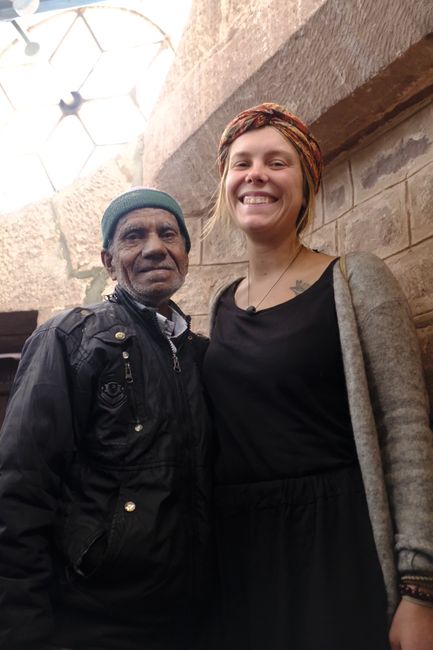
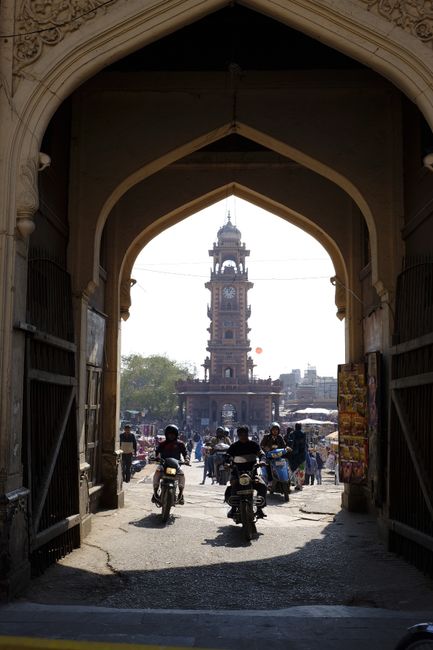
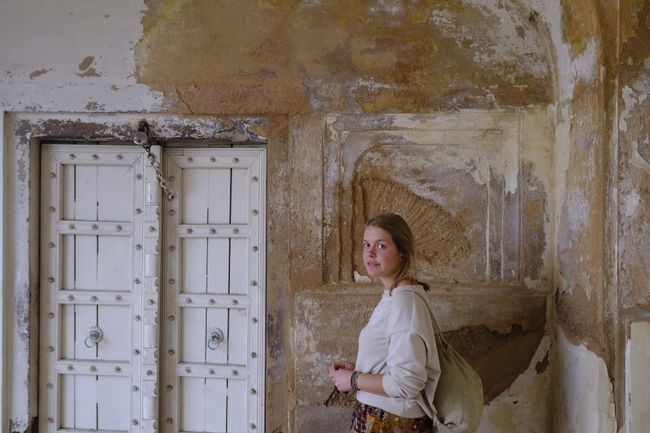
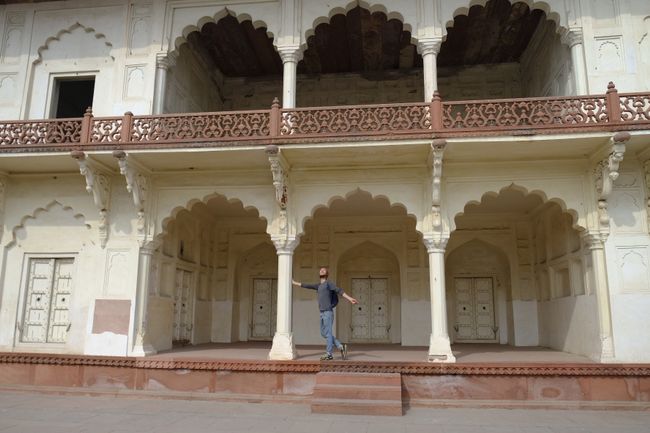
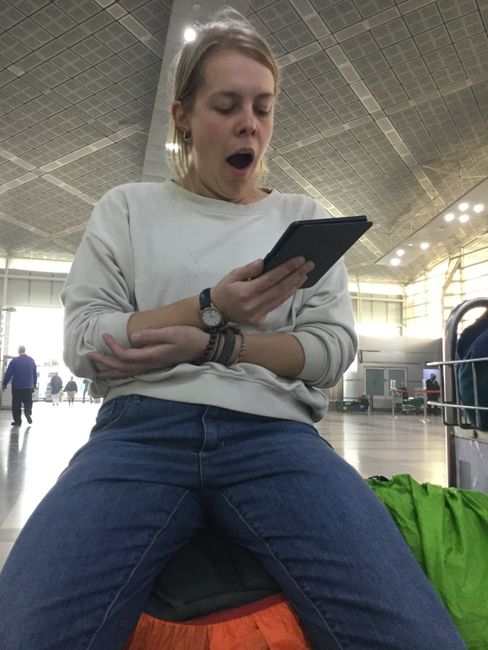
Kau inoa i ka Nupepa
After our interlude with allhandsandhearts, it was finally time to continue to India. Since our time window had become very small, we wanted to take one of the direct buses from Kathmandu to Varanasi as quickly as possible. However, this bus was cancelled without replacement on the day of the trip. So we had to come up with a new plan to leave Kathmandu. We took an overnight bus to the Nepalese-Indian border. The broken heater on the bus, which steamed the bus at a comfortable sleep temperature of 650 degrees, showed that this was not the coolest solution. But so far, so good. After eleven hours, we arrived at the Indian border, which we had to cross on foot. This was the first time we could simply cross a guarded border on foot. While the road on the Nepalese side was still bare and gloomy, on the other side we could already see huge illuminated trucks driving on wide streets under colorful lights. After collecting all the stamps, we took a Tuktuk to the train station with three other travelers to take a sleeper train to Varanasi from there. So after 5 hours of waiting, we got on our sleeper and wanted to catch up on some sleep. I fell asleep directly on my almost empty bunk, but when I woke up two hours later, it was so crowded that I had to share my bed with three Indians and one Nepalese. After another six hours on the train and half an hour on a Tuktuk, we finally arrived at our hostel, exhausted. Varanasi is located directly on the Ganges and is the holiest city for Hindus. On the banks of the Ganges, there are so-called ghats, which literally translates to "steps". These steps are used as temples, and many Indians take a bath in the Ganges to cleanse themselves. Two of the ghats have a special significance, as corpses are burned there, and the ashes are then thrown into the Ganges. This is the holiest form of burial for Indian Hindus.
After spending the first morning trying to figure out our unemployment (Marie) and my homelessness, and also having breakfast with a very nice Dutch woman we met on the train ride, we experienced the complete India in the afternoon. An Indian native from Varanasi, who was currently only traveling there, walked with us and two other people from the hostel through the narrow alleys. This experience was a game changer! Since you don't only hear positive things about India, we initially had a high level of respect for India, but during our outing, the city showed its best side. Small colorful alleys, various types of food on every corner, and many small shops create an almost magical atmosphere. This is not even tarnished by the permanent smell of cow dung. However, since there are also stray cows in the alleys alongside people, stray dogs, and goats in shirts, you have to be careful where you step. Stepping into a cow pat is only partially fun, as I later found out in Jaipur.
The next morning, we got up at 5 a.m. to take a boat tour on the Ganges at sunrise. In addition to the sunrise, this tour has two highlights. The first is the morning ritual, where priests daily honor the holy river in a special ceremony that includes singing, water from the Ganges, and burning lanterns, creating an impressive sight in the darkness. The second highlight is the view of the burning ghats, where the corpses are burned. However, these ghats are different from what you would imagine as a European last resting place. The ghats are chaotic, loud, and very dirty, as there are remnants of clothes and other garbage lying around everywhere. The ashes are searched for dental gold by workers who belonged to the lowest caste (the "Untouchables") in the past. Meanwhile, you can see men mourning in white clothing—women are not allowed there because the soul cannot properly let go if one cries while the body is being cremated. And since women always cry and a true Indian, that is, a man, never cries, women are strictly forbidden. That's one way to do it, then you're just sexist. But Catholics are just as bad in that regard.
We then used the morning to visit the golden temple, one of the most important Hindu temples. However, at that time, there was a ceremony taking place that we did not understand at all. Unfortunately, no one could explain it to us, and because it was incredibly crowded, we decided to go out for food instead. In the evening, we took a sleeper train to Agra, which was an exceptionally comfortable night despite Indian trains being the most sporadic ones we had encountered so far.
We arrived in Agra, the city of the Taj Mahal, with a 4-hour delay. Since we had messed up the booking, we arrived at the hostel, and everyone was surprised because the hostel was supposed to be closed for the day. After a cup of tea and some time to prepare, we were still able to check-in normally. We used the evening to ride a bicycle with one of the hostel staff to an old leather factory. The factory itself is not particularly spectacular, but it offers a wonderful view of the sunset over the Taj Mahal and complete tranquility. However, some time later, a group of three English people appeared who had seen a photo of the spot on Instagram and then searched for the location on Google Maps to find the place. They immediately got started and posted so much that Heidi would be proud.
The next morning, we finally got a close look at the Taj Mahal. There, we also met Sarah and Allan, whom we knew from Nepal, and had a good chat in front of an impressive backdrop. The sight is admittedly very spectacular, but exactly as you would imagine it from photos. After that, we visited the fort of the stand, which was also nice, but somewhat uninformative due to a lack of information about its history. In contrast, the fort in our next destination, Jodhpur, the blue city, shone with its perfect condition and included informative audio guide. Jodhpur, however, had few other highlights, as there are a lot of blue houses, but not as many as you would expect from the name. A small bell tower on the marketplace was therefore the real highlight. We got a little tour from the bell ringer, who told us in broken English that his grandfather and father were also bell ringers in Jodhpur and that only he knows how the clockwork works because the knowledge has been passed down from generation to generation. That was somehow cute. Another noticeable aspect was how differently people in Jodhpur react to tourists. It may seem cute at first when all the children greet you. But when you don't give a child your hand because you want to make some progress in the jungle of children and Tuk-Tuk drivers, and as a reaction, you get kicked by a child, that's the last straw!!!11111 (Angry citizen style with many exclamation marks). Since we had explored the city on the first day, we decided to go to the Thar Desert on our second day, which stretches from Jodhpur to Pakistan in the east and is the second-largest desert in the world. Our friendly hostel chef recommended taking the local bus and booking a small safari on-site, as well as visiting the temple complexes from the 10th century. So we arrived in the small desert village, and a guide immediately approached us and wanted to convince us of his safari. Since it was relatively expensive, we wanted to compare prices first and ended up getting into a small jeep for about 8€, with the aim of driving through the desert for an hour and seeing some of nature. But it didn't quite work out. The first part of the tour was still really funny. After leaving the city, the guide drove us through a bumpy sand track, which was a bit like a roller coaster ride as long as you weren't in the car, but sitting on the back of the pickup truck. Then he wanted to preserve this moment for us forever, so he positioned us in front of his car to take 15 photos of us. Then came the unpleasant part that we wanted to avoid. He drove us to a small settlement right next to the village to show us the traditional life there. It is clear that something like this is never really traditional if you are driven there, but what we found there was quite sad. A supposedly still traditionally living family came out of a gate, along with a captured and leashed desert antelope, which looked slightly disturbed. Since this adventure did not meet our expectations, our originally booked 60 minutes were suddenly reduced to 40, but that didn't stop the guide from withholding the change from us with the argument, quote: "Good trip, tip for me," until we got really angry.
Since the temple was nice but not amazing, our trip to the desert only lasted about 3 hours.
The next and final city in India was the pink city, Jaipur. However, it is far less pink than the name suggests. Nevertheless, Jaipur was the most interesting city after Varanasi, where we saw a lot. Starting with the Hawa Mahal, a facade that pretends to be a palace from the outside, to the City Palace, which is actually a palace and is still inhabited by the royal family. There is also an astronomical park with many instruments such as a sundial, which runs so precisely that you can read the time to two seconds. There are again plenty of forts; we visited two, a museum with exhibits that were randomly bought all over the world in the 18th century and are therefore not always consistent. The highlight of the museum is a mummy from ancient Egypt, but there are also religious artifacts, paintings, weapons, as well as vases and cups from around the world. Lastly, just like in Kathmandu, there is a Monkey Temple, where even more monkeys live than in Nepal. We saw most of the sights on the first day with a hostel tour, during which our guide and her friend kept getting into disagreements about the details of Hindu stories. The next day, we visited two of the many forts around Jaipur with Chris from our hostel, so our only solo outing was a visit to the Albert Hall Museum. The next morning, we took a Tuktuk to the airport to fly to Sri Lanka.
In the end, it must be said that India is incredibly exciting, but also loud, exhausting, and full of crap. Since we only saw a small part in the north, I would definitely come back, but I am also glad to be out of India after only eleven days.
Kau inoa i ka Nupepa
Pane
